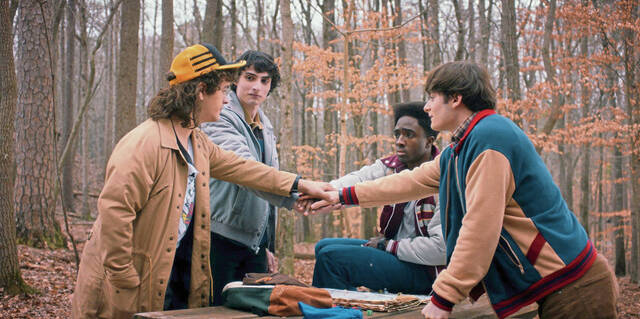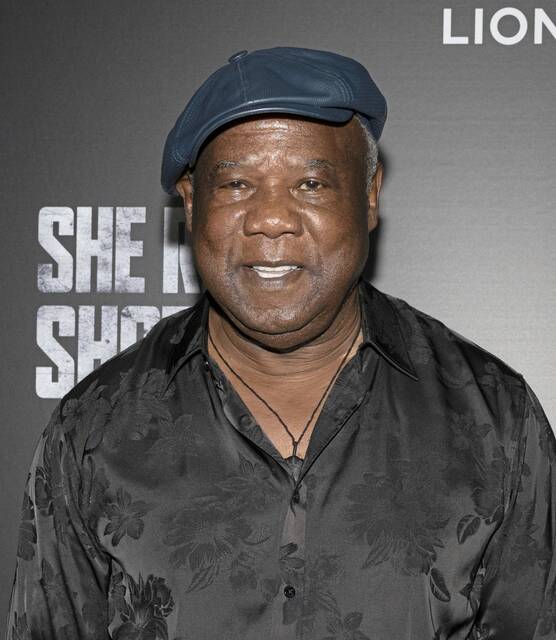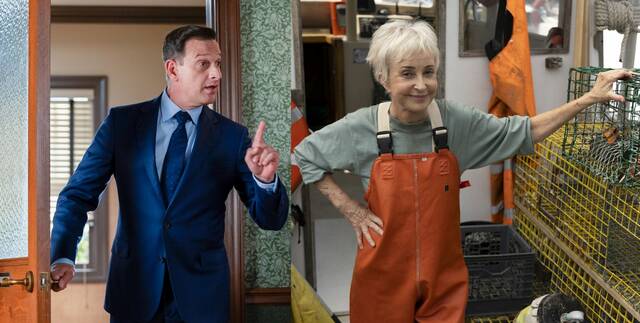Trib Total Media TV writer Rob Owen answers reader questions every Wednesday at TribLive.com in a column that also appears in the Sunday Tribune-Review.
Q: In a previous article you explained that the reason KDKA (and to a slightly lesser extent WTAE) mix in 3½ hours of filler material with 30 minutes of real news in the afternoon/evening broadcasts, is that they get to keep 100% of the ad revenue generated from the local injury lawyers, franchised window/door and bathroom remodelers, etc., instead of having to share advertising income with the networks. OK, I get that part.
My question now is where in the world do these local stations find all this filler material that they use to torture their viewers with? Are there production companies out there that come up with ideas for all this boring stuff — how kids should sit on a school bus, Halloween treats (in August), how flooding happens (did you know it has to rain first?), what to do with kids on sick days, there are drug dealers in homeless camps (who knew?), the ingredients in dental floss, high tides in Delaware, school lunch offerings, Rossen Report (absolutely the worst) — and sell them to local TV stations? If so, I’m assuming that the station has to pay for this service. So, are they really saving anything, especially after they compensate the fill-in anchors to sit through it all?
If they really feel the need to degrade their broadcasts this way, could they at least do the real news in the first thirty minutes so that we all can then switch over to the Food Network or Telemundo?
— Joe, Greensburg
Rob: Most if not all of these are stories TV stations get off the satellite, similar to how newspapers subscribe to different wire services, including Associated Press, paying an annual fee for the use of those reports.
I’ve never heard of readers upset about newspapers running the wire stories but I have heard viewers express concern about what’s pretty much the same thing on TV, perhaps because when reading a print or online product readers get to pick and choose what to spend their time on whereas when watching TV they are subjected to whatever a broadcast delivers.
Are some of these “news you can use”-style stories useless and inane? Sure, but whether that’s the case for any particular story is probably in the eye of the beholder. One viewer’s junk may be another viewer’s “Hey, Martha, did you know…?” Or in the case of the Delaware high tides, folks from Western Pennsylvania have been known to vacation in nearby states. “Rossen Reports” is owned and distributed by Hearst, owners of WTAE, so that’s why those get airtime on Channel 4.
TV stations don’t have the staff to fill all that news time so in order to reap the financial benefits of airing two-and-a-half (WTAE) to three-and-a-half hours (KDKA) of news every weekday evening, they have to rely on those filler stories and it would not be to their economic advantage to sequester them in an easy-to-skip last half hour, so those reports get interspersed throughout the newscasts.
Q: I saw in your column a little while ago that you said that the “Blue Bloods” TV show is ending because of salary requirements. “Blue Bloods” is one of the few shows left that I watch. I thought that I read that Tom Selleck said that he would agree to at least a salary “hold” and maybe the cast also. So, that isn’t true?
— John, via email
Rob: Selleck can offer to forgo a raise. All the other actors can do the same, and, in fact, they did. The cast and producers took a 25 percent pay cut for this current season. But the on-camera folks are a fraction of the salaries on any TV drama that employs upwards of 200 people behind the scenes.
The show is in its 14th season and CBS has decided there is no financial upside to continuing “Blue Bloods,” though some CBS executives have floated the possibility of a spin-off. The series finale will air at 10 p.m. Dec. 13.
Q: There’s a reboot of “Friday Night Lights” coming? Do I have to subscribe to Netflix or something to watch?
— Charlene, via Facebook
Rob: Universal Television in conjunction with the original series’ showrunner, Jason Katims, is developing a new take on “FNL” that, if ordered to series, would focus on new characters, not the leads played previously by Kyle Chandler and Connie Britton.
At this point, the project has not yet sold to a platform or network but it seems more likely that the series will land on a streamer, possibly Universal-owned Peacock, rather than a broadcast or cable channel.








